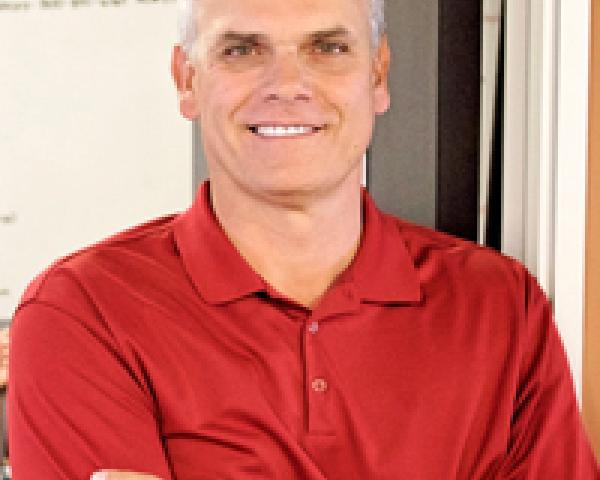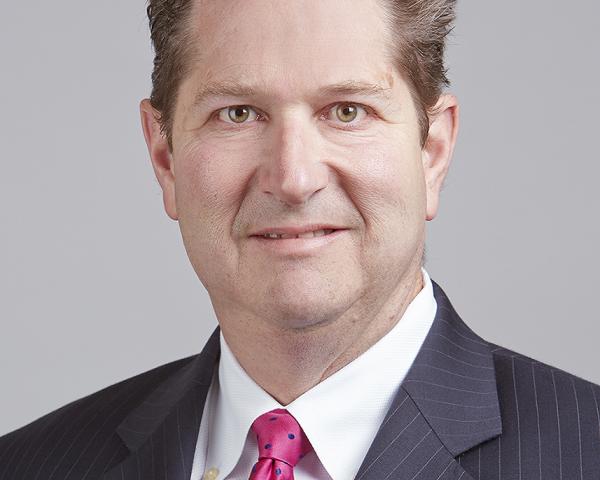- Hospitals with the greatest market share negotiate much higher reimbursement rates from insurance companies. A December 2015 study by researchers from Yale, University of Pennsylvania and Carnegie Mellon University analyzed billions of hospital clams paid by commercial insurance companies to hospitals. The study concluded that costs at hospital systems with significant market share were as much as 12 times higher than other, smaller hospitals – with no difference in quality. It was an important and revealing study, yet it failed to evaluate the even bigger differences in price for routine procedures performed at a hospital vs. outside a hospital – procedures that never needed to be done in a hospital in the first place. These price differentials and subsequent overpayments are even more shocking and have the biggest impact on overall healthcare cost.
- Hospitals are “buying” doctors so they can fill beds and price excessively. Even though hospitals lose approximately $165,000 each year for every primary care doctor and about $300,000 for each specialist they hire, this strategy has proven effective; it increases market share and allows hospital systems to negotiate higher prices with insurers. What’s more, these doctors are obligated to refer their patients for services or specialty care in an exorbitantly overpriced hospital setting. Of course, emergency procedures are occasionally necessary, and of course hospital infrastructure costs are always higher and will need to be taken into account when assessing fair pricing. But when millions of dollars are used to market elective services that are arbitrarily priced much higher than what is fair – well, this just shouldn’t feel right to the unknowing business owner and employee. After all, they trust the healthcare system to guide and care for them.
- Urgent care centers are now owned by hospitals. It’s no surprise, then, that urgent cares are owned by hospitals, providing a perfect entry point for funneling services and profitable patients to hospitals and the doctors who are employed by those hospitals. Following this same line of thinking, urgent cares also help hospital systems gain market share, negotiate higher rates and “mine” the sickest people from among those patients.
- There are huge price differentials in prescription drugs. This problem is rampant in the healthcare industry, even extending to runaway prices in common prescriptions. The costs of medications vary dramatically depending on the pharmacy, the insurer and the way the doctor writes the prescription. The cost of a simple generic antibiotic can range from $12 at a grocery store to more than $50 at a widely known national pharmacy – and to more than $900 for the brand name that legally gets substituted when the pharmacy chooses. You might think the answer is obvious – just stop overpaying – but many people simply aren’t aware of the pricing tricks.
- High-deductible health plans partner with hospital systems. Often, such plans require that services be performed exclusively at a particular hospital’s health centers or affiliated urgent cares, imaging centers, doctor’s offices, etc. In other words, the hospital system that has negotiated higher rates with insurers now requires health plan participants to use their overpriced services. They say they have negotiated lower prices, but we see that costs are much lower when a patient pays cash outside the hospital.
Why Healthcare Costs Bleed Firms Dry
Many employers are rising up about soaring healthcare costs. The secret is to write your own checks for your employees' healthcare.




















